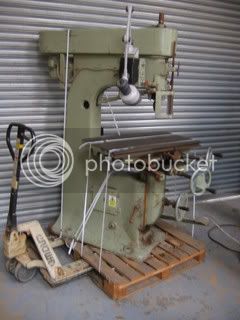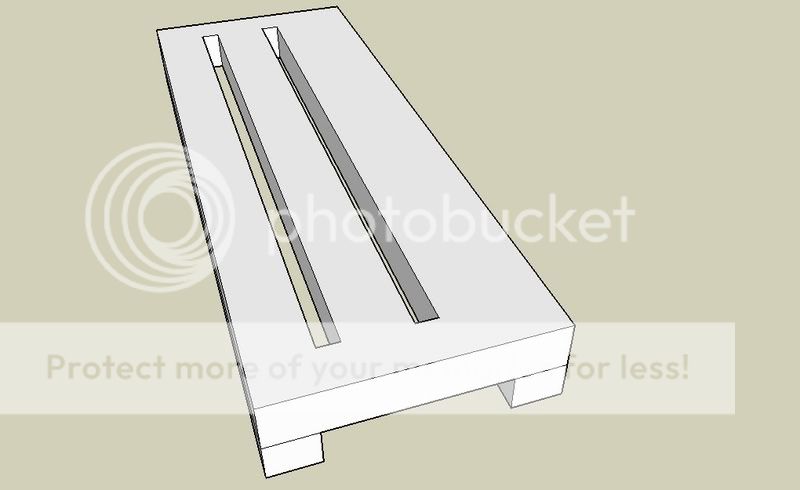tim
Established Member
I have a whole bunch of panels (40 or so)to rout flutes into in the next few weeks. They are all 70mm wide and 20mm thick and vary in length from around 750mm to 2800mm. I am trying to come up with a cunning plan/ jig to simplify the process. The flutes will be stopped and there will be four across the width of each.
I had thought about using two fences and stops mounted to each piece but the fences are thicker than the timber which would mean raising the piece of the bench somehow which I'm not so keen on. Technically I only need two settings since I can flip each piece round but there may be smarter ways to do this that I can't think of. I was going to make stops with shoes that fit over the end of each piece to keep set up to a minimum.
If anyone has useful suggestions I'd be grateful.
Thanks
Tim
I had thought about using two fences and stops mounted to each piece but the fences are thicker than the timber which would mean raising the piece of the bench somehow which I'm not so keen on. Technically I only need two settings since I can flip each piece round but there may be smarter ways to do this that I can't think of. I was going to make stops with shoes that fit over the end of each piece to keep set up to a minimum.
If anyone has useful suggestions I'd be grateful.
Thanks
Tim



































